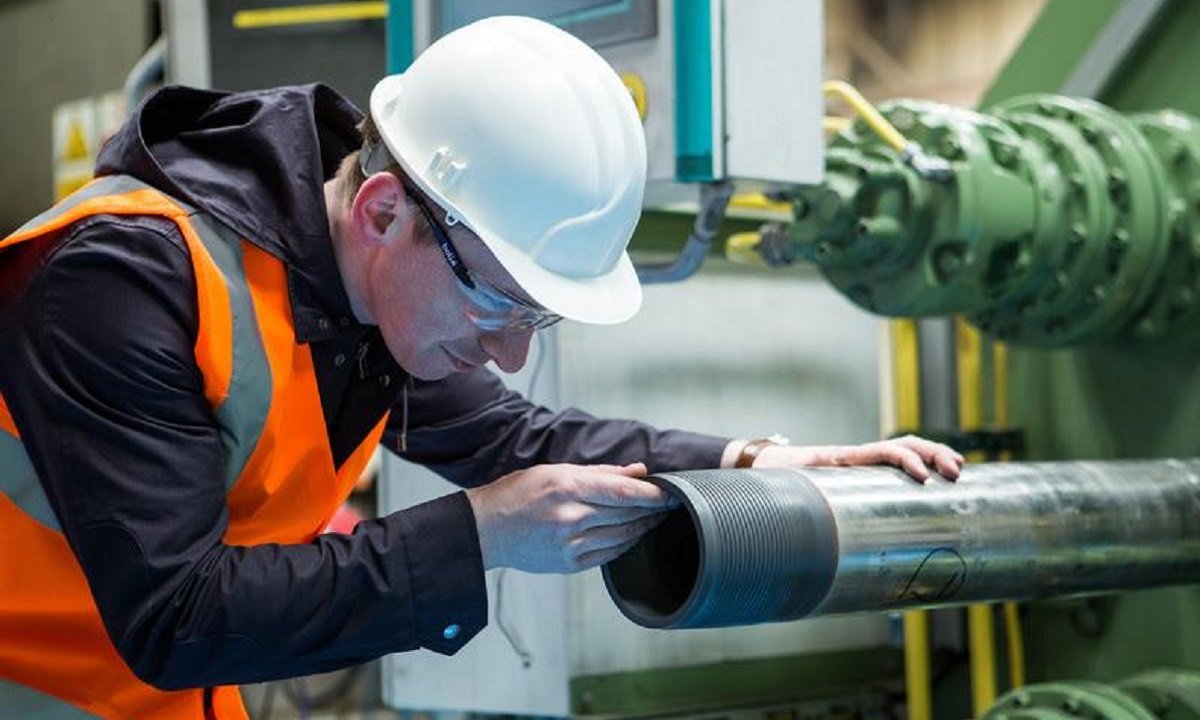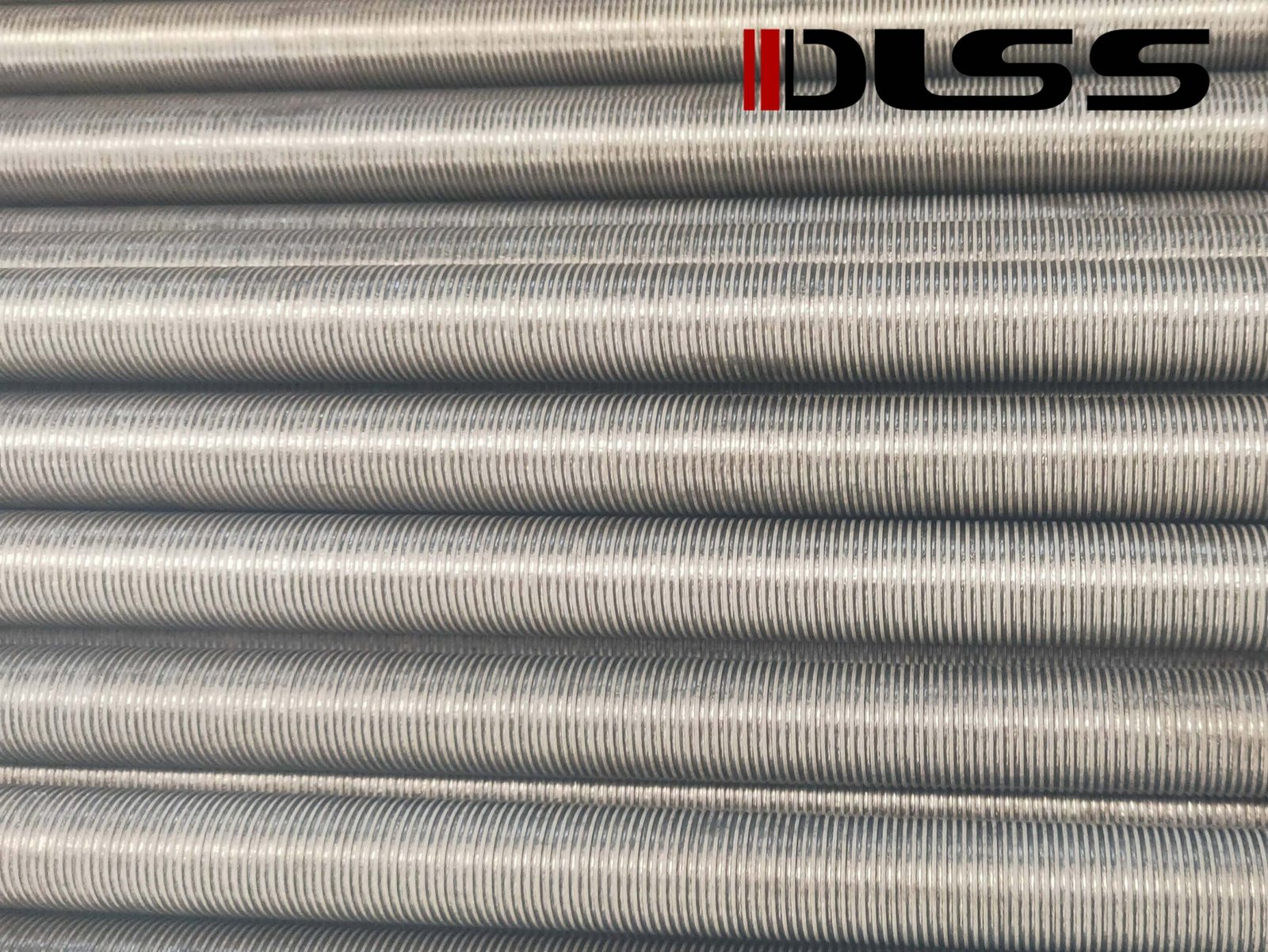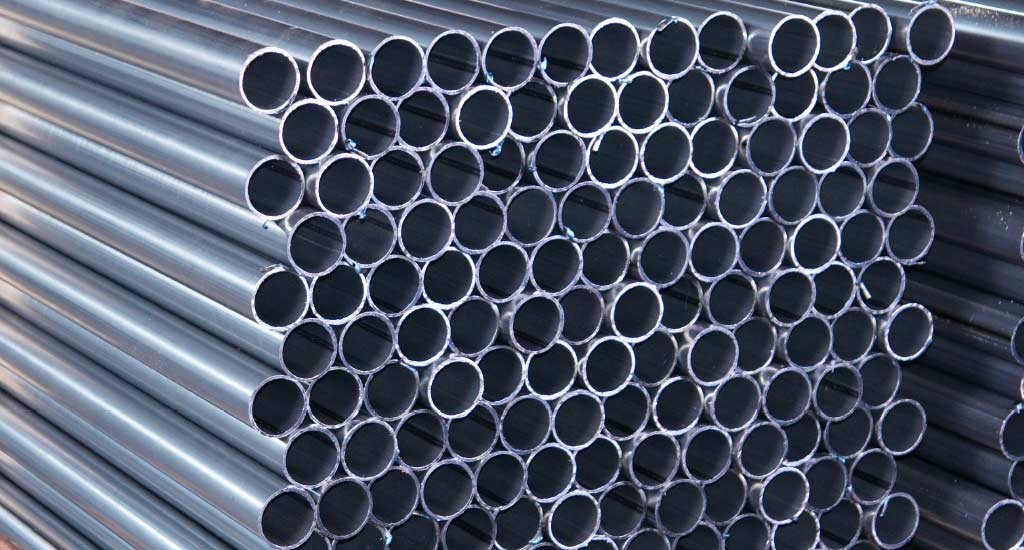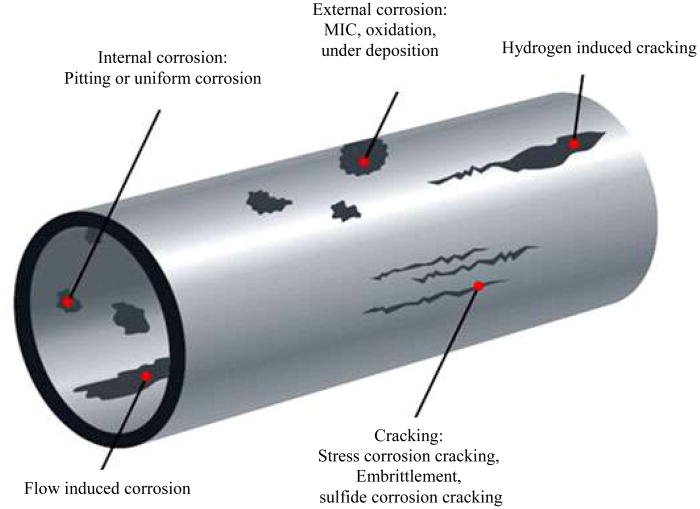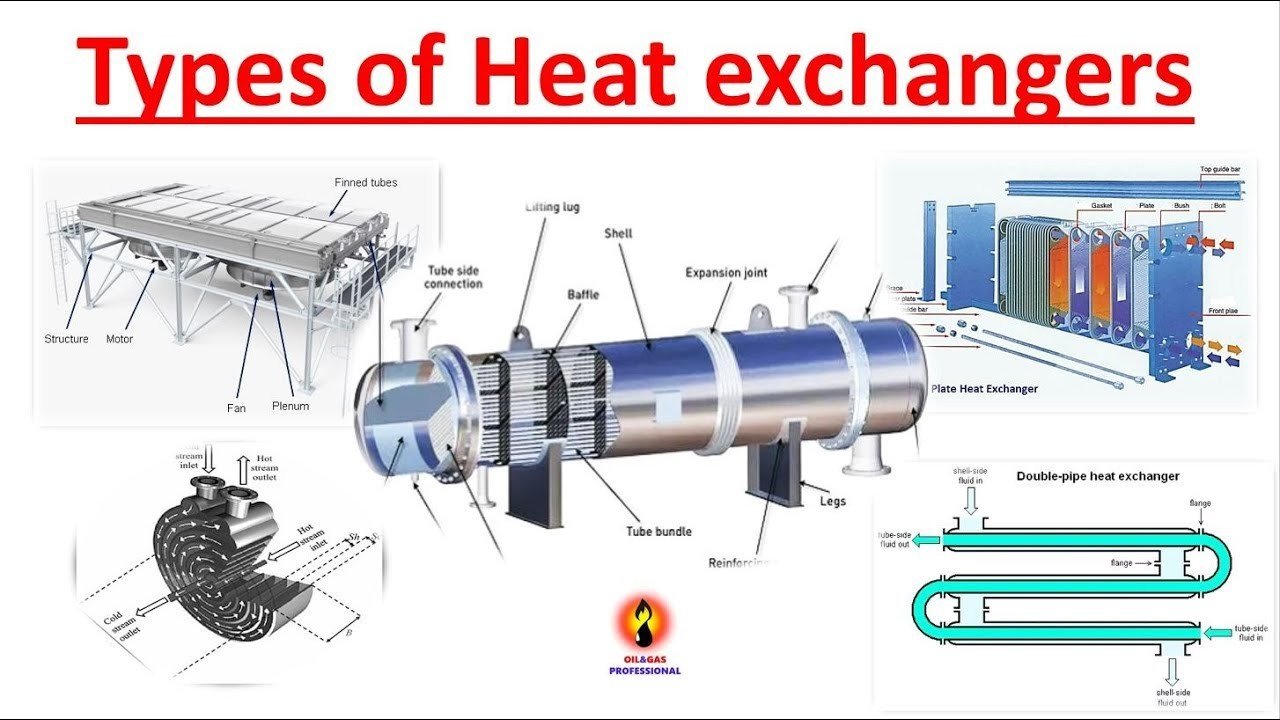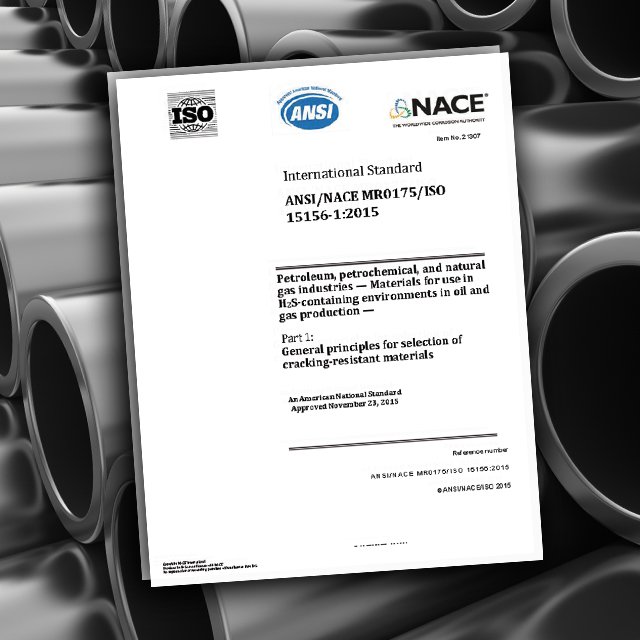Meta Description:
Explore the top five questions procurement teams and engineers ask when sourcing duplex stainless steel tubes, including corrosion resistance, welding, standards, and pricing.
Introduction
Duplex stainless steel tubes are widely used in offshore platforms, chemical processing, desalination plants, and heat exchanger systems, thanks to their excellent combination of mechanical strength and corrosion resistance.
However, many buyers—especially those transitioning from austenitic stainless—have specific concerns before placing an order. Here, we answer the top 5 questions DLSS regularly receives from project managers, EPCs, and purchasing teams worldwide.
1. What’s the Real Difference Between Duplex and 316L Stainless Tubes?
The key difference lies in microstructure and performance:
| Feature | Duplex Stainless Steel (e.g., S31803) | 316L Austenitic Stainless Steel |
|---|---|---|
| Structure | 50% Ferrite / 50% Austenite | Fully Austenitic |
| Yield Strength | 2× higher than 316L (~450 MPa) | Lower (~200 MPa) |
| Pitting Resistance (PREN) | ~35 | ~25 |
| Chloride Resistance | Excellent | Moderate |
| Cost | ~10–20% higher | Lower upfront cost |
Duplex is ideal for high-pressure and chloride-rich environments where 316L may pit or crack.
Learn more: Outokumpu Duplex Stainless Grades
Key Keywords: S31803 tube, 2205 vs 316L, duplex pipe advantages
2. What Are the Common Standards for Duplex Tubes?
Buyers often ask which global standards duplex stainless tubes conform to. At DLSS, our duplex tubes typically meet:
- ASTM A789 / A790 – Seamless & welded duplex tubes
- EN 10216-5 / 10217-7 – Pressure use tubes in Europe
- NACE MR0175 / ISO 15156 – Sour service compliance
- ASME B36.19M – Dimensional reference
- PED 2014/68/EU – Pressure Equipment Directive for CE markets
Material Designations:
- UNS S31803 (Standard Duplex)
- UNS S32205 (High-performance Duplex)
- UNS S32750 / S32760 (Super Duplex)
Key Keywords: ASTM A789 duplex, EN 10216-5 tube, S32205 supplier
3. Can Duplex Tubes Be Welded Onsite Without Cracking?
Yes—but it requires controlled procedures.
- Duplex tubes have different thermal conductivity and coefficient of expansion compared to 316L, so welding procedures must be adjusted.
- Use low heat input, interpass temp control, and post-weld cleaning to prevent intermetallic phase formation.
- Filler metals: ER2209, ER2553 depending on grade
- PWHT is not usually needed but may be required for thick-walled or critical-service jobs
Key Keywords: duplex tube welding, ER2209 filler, duplex pipe WPS
4. Is Duplex Stainless More Difficult to Machine or Fabricate?
Generally yes, compared to 304/316L:
- Higher strength means more tool wear
- Cutting speed must be reduced (25–35% lower than 316L)
- Bending radius should be >2× OD
- Requires special tooling and coolant systems for drilling or threading
However, modern CNC equipment easily handles duplex tubes with the correct parameters.
Key Keywords: duplex stainless machinability, duplex tube bending, S32750 fabrication
5. Why Is the Price of Duplex Tubes Higher—and Is It Worth It?
While the unit price is 10–25% higher than 316L, duplex often reduces total lifecycle cost:
- Fewer failures due to chloride pitting
- Higher mechanical strength = reduced wall thickness = lower weight
- Longer service life in aggressive media
- Better performance in seawater, acid, and oilfield applications
If your project involves corrosive brine, sour gas, or marine humidity, duplex is likely the better investment.
Key Keywords: duplex tube price, duplex vs austenitic lifecycle, S32750 ROI
Conclusion
Duplex stainless steel tubes may be slightly more complex to specify and work with—but they offer superior performance, especially in harsh operating environments.
At DLSS, we provide:
- ASTM A789 / EN 10216-5 duplex seamless tubes
- 100% ET/UT tested with 3.1 / 3.2 MTC
- Heat treatment, PMI, hardness, and grain size testing
- Customized U-bending and export packaging
- Pre-qualified welding & fabrication support
Contact DLSS
Email: info@dlsspipe.com
Website: www.dlsspipeline.com
Have a question about duplex tube sourcing? Send us your inquiry and we’ll respond with a tech-backed solution in 24 hours.



